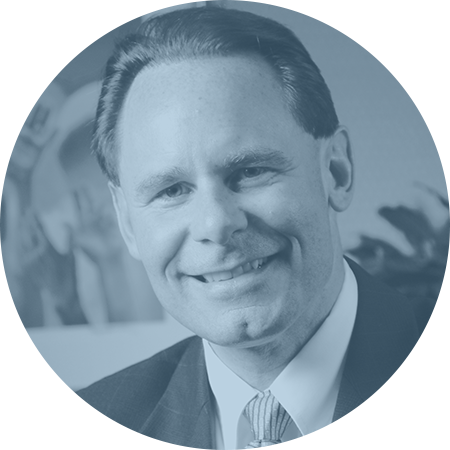During the COVID-19 pandemic, people spent a lot of time isolated and indoors, which helped foster an environment where some people now feel lonelier than ever. The result is a loss of social connectedness—the degree to which people feel the social connections and relationships in their lives to satisfy their wants and needs. When social…
Your Welcoa membership has expired.
The Role of Financial Wellness on Total Employee Wellbeing
Financial wellness is becoming an essential component in successful workplace wellness and employee benefits programs. When we think about the word “wellbeing” it brings to light thoughts of good health, serenity, happiness and security. These elements are core to establishing individual and organizational wellbeing. Financial wellness is directly related to an employee’s overall wellbeing due to its influence on the many factors that drive personal wellbeing.
Financial wellness impacts everyone in your organization and spans a broad personal continuum which ranges from extreme distress due to excessive debt, struggles to make ends meet to pay for necessities, saving for emergencies, participation in employee benefits plans and saving for long-term goals such as retirement. Your employees’ collective financial wellbeing will also have a direct impact on productivity, absenteeism and overall stress-related illnesses. Left unchecked, a lack of overall financial wellness will result in sub-par employee and organizational wellbeing. This often manifests in increased costs, high employee turnover and diminished profitability.
So how can your organization take the right steps to meet your employees where they are on the personal continuum of financial wellness? Here are three recommended actions you can take:
- Deliver to the needs of your audience—most workplaces have 4 generations of employees. Each will have unique needs and will want information delivered in different formats. For example, your newest generations of employees, Generation Z (up to age 24) and Millennials (from ages 25 to 37) will likely want information on reducing debt due to the staggering amount of college debt these two generations carry. The average debt for a student graduating in 2018 was $29,800.[1] Conversely, the two oldest generations, Generation X and Baby Boomers likely will not have enough saved and invested in company-sponsored 401(k)-type plans to afford a comfortable retirement.
- Gather data—your benefits programs are a treasure trove of useful information. Start with your 401(k)-type plans. Look at participation rates, plan loans, average contribution rates, etc. You will find these metrics are ripe for improvement through focused communication efforts. Then move to your health and ancillary benefits. If you offer a health FSA plan, check your eligible employee participation rates. Generally, fewer than 25% of eligible employees contribute to a health FSA plan. If you offer HSA plans check the average balances in established accounts. There often is room for enhancing both savings and participation in these plans.
- Choose appropriate programs—by following the first two steps you’ll likely have great program ideas that address the financial wellbeing needs of your workforce. Common programming ideas that are sure to jump to the top involve helping employees with basic budgeting, debt management and retirement plan participation. These are great places to start and you should be able to find resources in your community or through trusted vendors to put together effective programming for your employees.
Financial wellness can have a sustainable impact on employee wellbeing when you take the steps to choose programming that addresses the needs of your workforce. With multiple generations likely in your workplace be sure to provide various ways for employees to absorb the information. Some employees will value attending sessions, while others may want to attend via webinar or view a recording of the session. Be sure to think about delivering programs via “multi-channel” approaches to accommodate different learning preferences. By offering different ways to access financial wellness programming you’ll increase participation rates and drive employee interest in your selected programs.
Finally, measure everything you do with your selected financial wellness programming. Although participation in programs is important, the critical metric is evaluating whether the programming influenced desired behavior change. Be sure to record baseline data from your health, wellness and 401(k)-type plans before the start of your financial wellness initiatives. When targeted programs such as retirement plan sessions are completed, evaluate whether participation in the retirement plan went up and if contributions to the plan increased.
This is all so exciting—and the right financial wellness education is truly something that your employees need, and they will value. When you follow the 3 steps listed above, you’ll be on your way to creating an effective and sustainable financial wellness program that enhances the financial wellbeing of your workforce!
[1] Student Loan Hero.com

Jeff Rubleski is a nationally recognized author, speaker and thought leader in the area of implementing Financial Wellness at workplaces in the United States. His latest book, designed for distribution to employees at the worksite, is Financial Wellness@Work and is distributed by WELCOA. Jeff is available for speaking and consulting engagements related to workplace Financial Wellness and can be reached at jeff.rubleski@yahoo.com.




